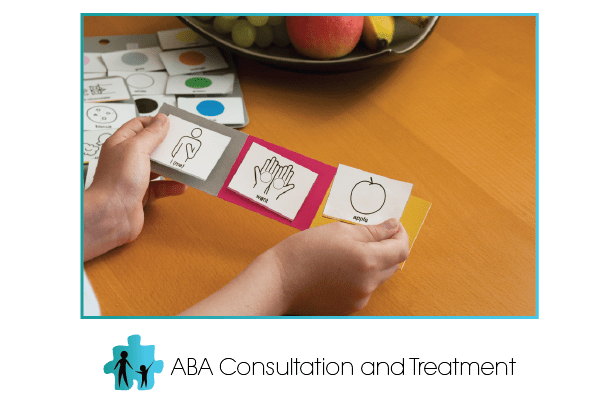Have you ever re-arranged the furniture in your living room? Did you find that suddenly placing your sofa in a different spot makes it look more inviting and you were more relaxed when you sat on it? The same theory can be applied to your ABA therapy room. Sometimes a simple change in the environment of a client can help improve sessions by decreasing problem behaviors and increasing productivity.
Re-arrange the furniture
Just like you did with your living room, start by moving the furniture around in your therapy room. Consider the floor plan of your space. An environment which provides physical boundaries between areas and establishes predictability will best serve clients with autism. For example, if a child frequently tries to escape the session by running away, moving the position of the *you are talking about a single child, so you can not use the plural “their.” chair at the table may help. If a child has a difficult time making eye contact, positioning your chair directly across the table from him/her may help in increasing eye contact. *The therapist should always be sitting directly across from the learner.
Add Items
Improving session quality can also by accomplished by adding something to the environment. It’s crucial that you consider what you’ll be working on with each client before he/she enters the room to begin therapy. Maybe you need a designated space such as a one-on-one work area for you and your client. The room may need a cool-down area to be used when therapy is done, or a section of your room for individual work. Other additions can be made to reduce problem behavior. As an example, if your client has habits of running out of the rooms before their session is complete, then consider adding a visual cue. This could be done by placing a stop sign in a location to prevent your client from leaving an area. Another example would be placing tape around a chair to mark where it should stay while the client is sitting.
Remove Items
If adding an element to your client’s environment isn’t suitable, why not consider taking something away? Research indicates, that when children with autism are presented with too much stimuli, their ability to process information can be hindered or they can completely shut down. As an example, there may be too many images, words and decorations on the walls of your room resulting in your client being easily distracted. Limiting the amount of decorations on your walls may help keep the attention on the task at hand. As a therapist, it is a fine balance when using visual cues in a therapy room. In general, children with autism have stronger visual skills than auditory ones. That’s why it is so important to have signs and pictures indicating where your client can sit, what is expected at different learning stations, and where to put things when therapy is done. However, too much visual stimuli can be difficult and overwhelming for a student with autism. You must tailor the stimuli you use to the individual needs of each young client.
Improve Accessibility
A final way of changing an environment is by allowing more access to materials that may help the student from delays of a certain task. If your client suffers from allergies and often needs to blow his/her nose, placing a box of tissues nearby can help decrease interruptions. The learner will no longer need to leave the therapy room to get a tissue. Also, keeping a box of supplies near a client so he/she can easily reach for one if a task calls for certain materials (scissors, pencils, glue, etc.) will mean less time wasted searching around the room for the right supplies.
Remember the Goal: Session Quality
Whether it is reconfiguring, adding, or removing materials in a therapy room, the goal is to improve session quality. A therapy room that is well organized and adjusted to a young client’s preferences will undoubtedly result in on-task behavior, greater productivity and less undesirable behaviors.



